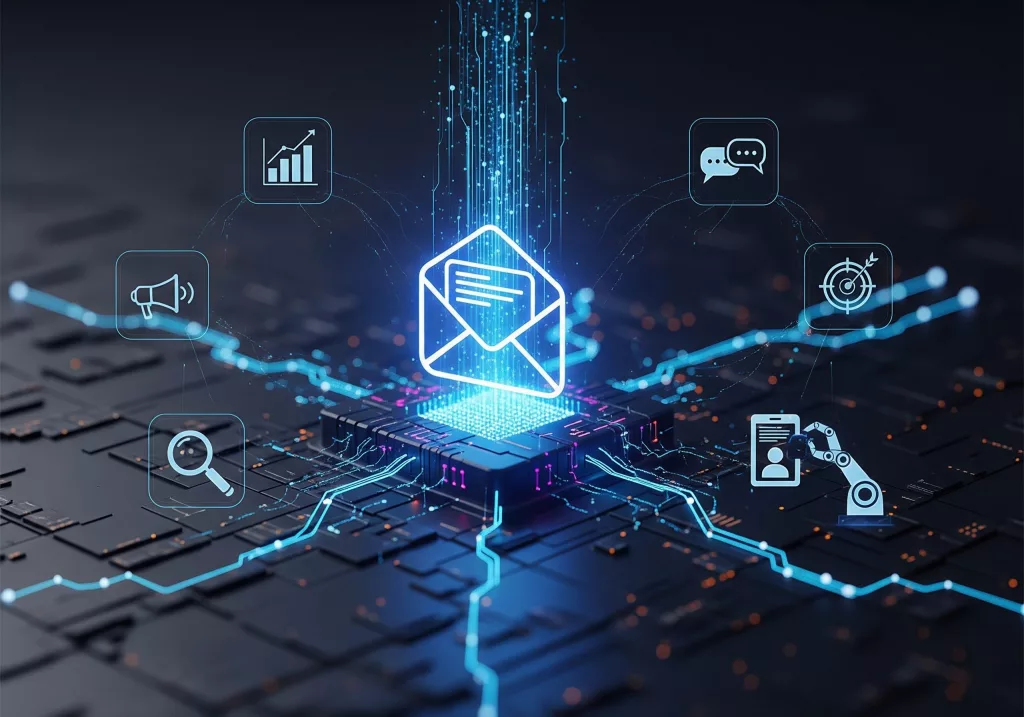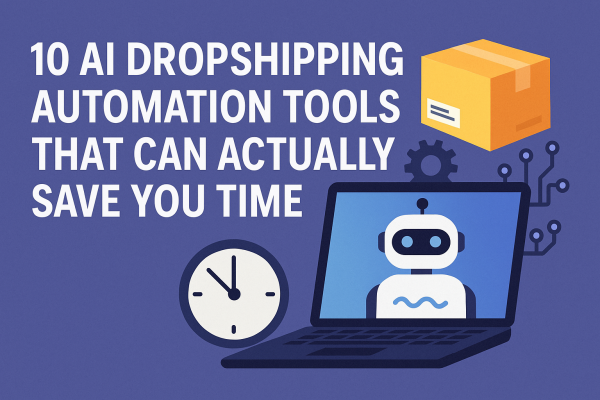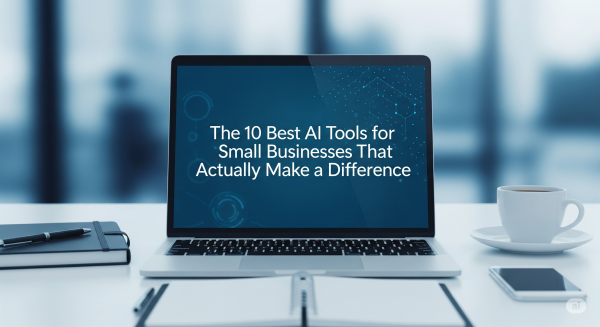Write a newsletter Segment the list based on a few guesses. Schedule the send and cross your fingers. Rinse, repeat. For years, email marketing was tedious, manual, and unreliable a slow grind with hit-or-miss results.
Then came Artificial intelligence and everything changed.
Now, marketers can build automated workflows, personalize at scale, predict subscriber behavior, and tweak campaigns on the fly. It’s no longer just about saving time. It’s about sending smarter emails that convert.
AI is a divide-and-conquer tool Big brands are already using it If you’re a small business or solo marketer, it’s time to catch up.
Here’s how AI Marketing all works and how you can use it without sounding like a robot.
What Is AI Email Marketing?
Think of it as your virtual strategist. AI email tools blend machine learning, natural language processing, and predictive analytics to:
- Craft subject lines that get clicks
- Segment audiences based on behavior
- Send emails at the best possible time
- Personalize content for each subscriber
- Analyze performance and suggest improvements
It’s like having your own campaign manager—minus the salary.
How AI Helps You Write Better Emails
Let’s start with the obvious: writing.
AI tools like Jasper, Copy.ai, and ChatGPT can help you brainstorm subject lines, write body copy, and draft entire sequences. But raw AI output is just that—a draft. You still need to shape the message.
Add your voice, your stories, your weird little quirks. That’s what turns an algorithm into a connection.
Example Workflow:
- Prompt AI to write a welcome email
- Choose your tone (friendly, bold, sarcastic, etc.)
- Edit the draft to match your brand voice
- Run it through Grammarly or Hemingway for polish
- Test subject lines with Phrasee or CoSchedule
Smarter Segmentation with AI
Old-school segmentation was broad: demographics, purchase history, email engagement.
AI does it smarter. It tracks behavior in real time:
- What links someone clicks
- How long they read
- Mobile vs. desktop usage
- Browsed products that weren’t purchased
Then it builds dynamic segments and sends personalized follow-ups automatically.
Example:
Someone browses hiking boots but doesn’t buy. AI segments them as “outdoor gear interest” and sends a follow-up with:
- A discount
- A blog post on trail gear
- Related product suggestions
That’s segmentation with actual relevance.
Send-Time Optimization
You don’t have to guess anymore.
Tools like Seventh Sense and Mailchimp’s Smart Send Time use historical engagement data to deliver emails when subscribers are most likely to open and interact.
That means:
- No more mass sends at “9 a.m. Tuesday”
- Higher open rates and click-throughs
- Fewer unsubscribes
Predictive Analytics: Forecast Before You Hit Send
AI doesn’t just look backward—it predicts forward.
It can forecast:
- Which subject lines will get clicked
- Which segments are likely to convert
- When subscribers are at risk of dropping off
- The best time to follow up
You’re making decisions based on data, not blind intuition.
Example:
AI notices subscribers who click product reviews tend to buy within 48 hours. It suggests sending a limited-time offer right after they engage.
Automation That Feels Personal
AI-powered automation builds smarter customer journeys. You can create workflows that respond to actual behavior:
- Welcome series that adapt to what users click
- Abandoned cart flows with personalized recommendations
- Re-engagement campaigns for inactive subscribers
- Birthday emails with tailored offers
Best part? You don’t have to start from scratch. AI can suggest the workflow, write the emails, and run A/B tests for you.
AI Tools to Check Out (2025 Edition)
Here’s a quick rundown of popular tools that make AI email marketing easier:
| Tool | What It Does |
|---|---|
| Zoho (ZIA AI) | Generate, summarize, and auto-suggest content with the help of OpenAI |
| Jasper | Writes email copy, subject lines, and sequences |
| Phrasee | Optimizes subject lines and CTAs using NLP |
| Seventh Sense | Send-time optimization based on engagement |
| Mailchimp | Built-in AI for segmentation and automation |
| HubSpot | AI-powered workflows, personalization, and analytics |
| Copy.ai | Generates email content and ideas |
| Salesforce Marketing Cloud | Enterprise-level AI for email personalization and ROI tracking |
What to Watch Out For
AI can level up your email strategy—but it’s not foolproof.
- Tone: AI can sound stiff. Edit for warmth and clarity.
- Accuracy: Always fact-check product info, links, and stats.
- Privacy: Choose tools that comply with GDPR, CCPA, etc.
- Overuse: Don’t lose your human touch. Your audience connects with you, not just automation.
Real-World Use Case: AI + Email = Sales
Say you sell eco-friendly home goods. Here’s a flow AI could manage:
- A visitor browses bamboo toothbrushes
- AI segments them as “eco-conscious”
- Sends an email with a discount and article on sustainable living
- Recommends reusable cotton rounds
- Follows up before the offer expires
- After purchase, sends a thank-you and referral incentive
All automated—but it feels personal.
The Future of AI Email Marketing
We’re just getting started. Expect:
- Hyper-personalization in real time
- Voice-generated emails
- Automated accessibility features
- Seamless multi-channel campaigns across email, SMS, and web
AI isn’t just about efficiency. It’s about relevance and connection.
Final Thoughts: You’re the Strategist and AI Is the Assistant
AI email marketing won’t replace you. It’s your creative sidekick.
Use it to:
- Save time
- Personalize at scale
- Test quickly
- Make smarter decisions
But always layer in your values, perspective, and voice. That’s what makes your emails worth reading.





Leave a Reply